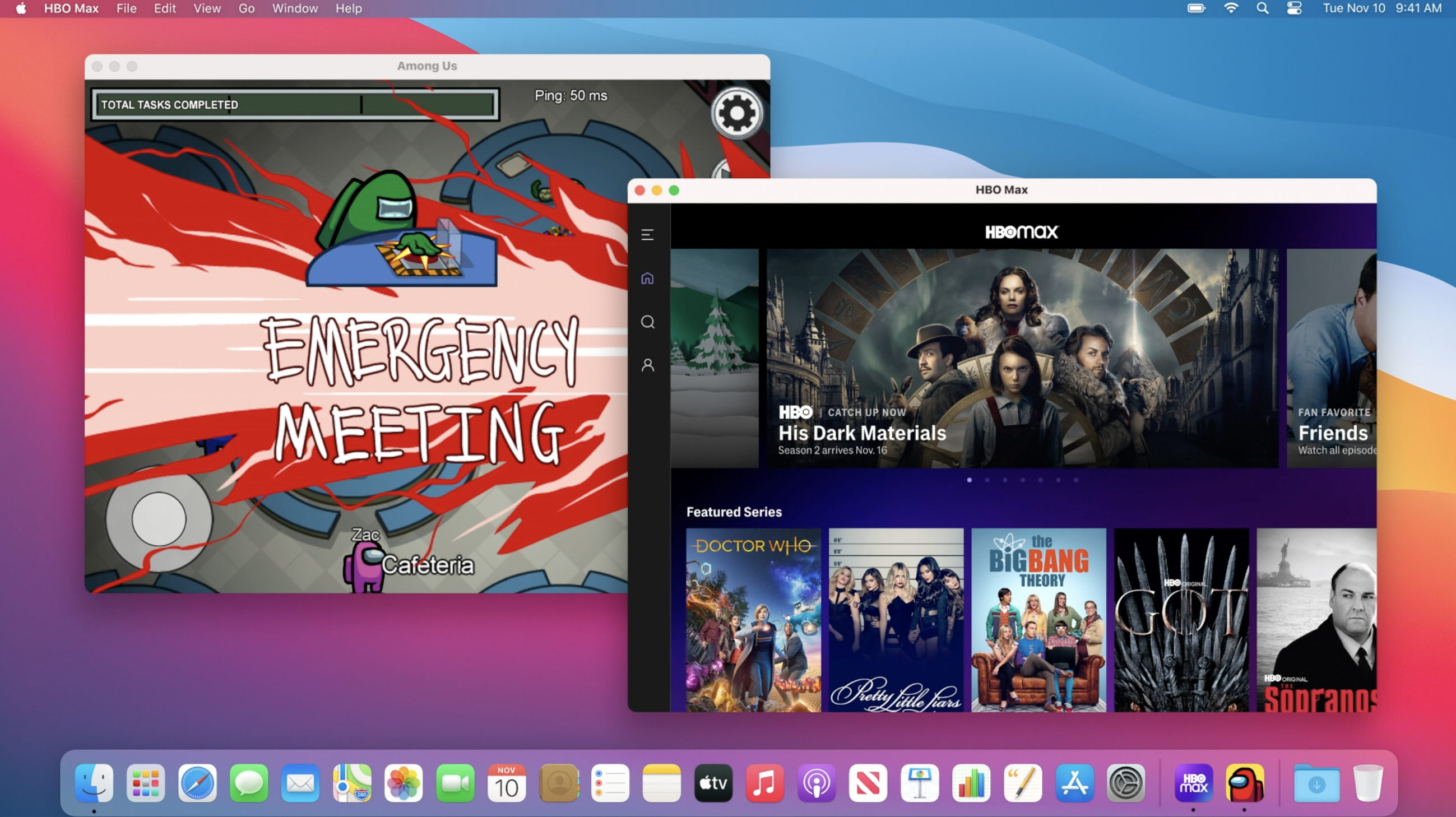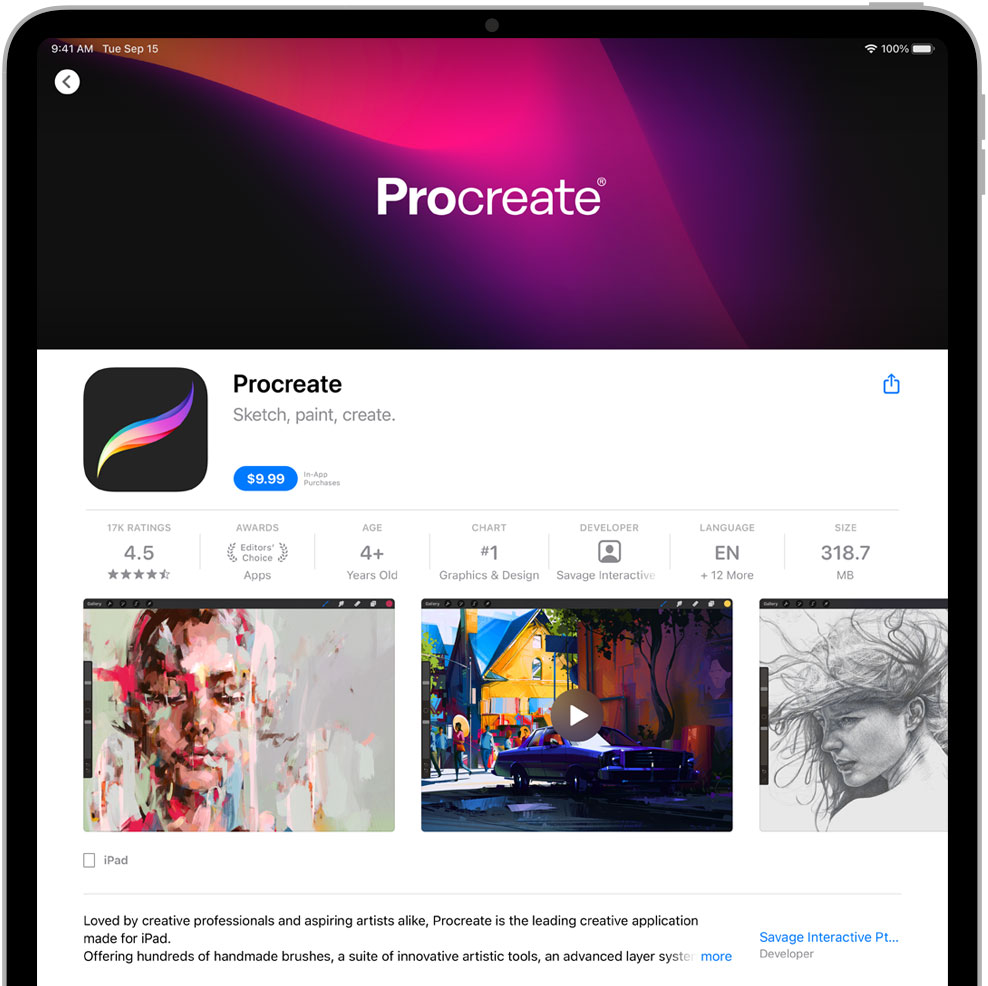Mac App Store Ios Apps
Apple recently released a whole new line-up of Macs that are completely powered by Apple’s own custom-designed chips called ‘Apple Silicon’ instead of the Intel processors that the company has used over the last 15 years. These new chips allow Apple to have more control over the experience of using the Mac, and enable a lot of new features for the consumers.
Download apps by Synology Inc., including DS video, DS note, DS audio, and many more. Developers of Linux and Unix shells have received warnings from Apple that their iOS apps violate App Store Review Guidelines, with the threat of termination from the App Store said to be reversed. Open the App Store. In the sidebar, click Updates. Click Update next to an app to update only that app, or click Update All. If you didn’t get the app from the App Store on your Mac, contact the app developer to get help with updates. Apple has faced scrutiny in recent years for its strict control over its App Store, including Apple’s practice of forcing apps to use its payment system, which allows it to collect a commission.
App Store For Mac

The first Mac models that ship with these new chips are the MacBook Air, MacBook Pro, and the Mac mini — all of which run the first-generation Apple Silicon named ‘M1’. If you recently purchased any of these three models running Apple M1 chips, your Mac has the ability to run iOS apps. That’s right, you can install and run some of your favorite iPhone and iPad apps on your Mac and this handy guide explains how.
But first, how do you know whether you have an M1 Mac or not? Well, it’s easy to find out.
How to Check if your Mac can run iOS apps?
To run iPhone or iPad apps on your Mac, you need a Mac running Apple Silicon chips. Right now, the only Apple Silicon capable of running iOS apps is Apple M1, but the company is poised to release a newer generation in the coming months. To find out whether your Mac runs on Apple Silicon:
- Click on the Apple Logo at the top left corner of your screen.
- Click on About this Mac.
- In the window that appears, if it says ‘Chip Apple M1’ then your Mac is capable of running iOS apps.
Now that we know that your Mac can run iOS apps, let’s learn how to download and install iPhone and Apps on macOS Big Sur.
How to Download & Install iOS apps on Mac?
To run iPhone and iPad apps on your Mac, you have to download and install them from the App Store app on your Mac. You probably already have this in your Dock, which looks like this:
- Click on the app icon to launch it. You can also launch the app by clicking on the little magnifying glass icon at the top right corner of your screen and searching for “App Store”.
- Next, in the App Store app, click on the Search field at the top left of the app.
- Type in the name of the iOS app that you want to download and install on your Mac. Let’s take the example of Readdle’s Documents, which is now available on the M1 Macs.
- In the search results shown on the right, click on iPhone & iPad Apps.
- Click on the Get button to start downloading the app.
- Once installed, the Get button switches to Open, using which you can launch the iOS app.
- That’s it, that’s how easy it is to run iOS apps on your Mac.
Note: The App Store app on your Mac will only list those iOS apps that have been made available by their respective developers for sale on the Mac.
Now that we’ve learned how to download iPhone and iPad apps on your Mac, you can go ahead and explore all the amazing iOS apps that are available through the Mac App Store.
You should get started with Documents by Readdle — the super app for file actions. An immensely popular app for iPhone and iPad, Documents is now available on macOS Big Sur and brings along all the incredible features from the iOS version.
Use Ios Apps On Mac
As Apple has already confirmed and we have detailed here, the new Macs with the M1 chip will run iOS apps natively. And to push this feature forward, Apple will add nearly all iOS apps to the Mac App Store. However, there are some apps that will not be available to Mac users — either by developer choice or compatibility issues.
Ios Apps On Mac Os
Apple is once again sending emails to iOS developers in order to remind them about this important change that will bring their iPhone and iPad apps to the Mac. By default, every iOS app will be published automatically on the Mac App Store, so the developer must manually choose not to offer their iOS apps on macOS.
We found out that major developers like Google and Facebook won’t include their apps on the Mac App Store, but the popular game Among Us and the HBO Max app will be there.
Apple asks developers to make sure their iOS apps are fully compatible with macOS and do not require any features that are available exclusively on the iPhone and iPad, such as a cellular connection and the TrueDepth camera. If the app is not compatible, then the developer must opt out of the Mac App Store.
To make sure that Mac users have a great experience, confirm that your apps work well on this platform and don’t rely on iPhone or iPad features not available on Mac. If needed, update their availability on Mac in App Store Connect.
However, Apple is also automatically pulling out some incompatible apps from the Mac App Store. Developers who have iOS apps using the Core Location API, which basically provides access to the user’s location, will not be included in the Mac App Store as the company says they may not work properly on macOS.
For these apps, the company says they “may have issues running on Apple Silicon Mac,” suggesting that the developer should test the apps on a Mac with the M1 chip before offering them on the Mac App Store. At the same time, the Mac App Store will alert users that the app was “Designed for iPad” and “Not checked for macOS” when it’s an iOS app.
Some apps available on Mac may not function as they normally would on iPhone or iPad. For example, features that rely on hardware unique to iPhone or iPad—such as a gyroscope or a screen that supports complex Multi-Touch gestures—may not work on Mac. In some cases, such a feature may be central to the app’s functionality, while in others the app may be usable without it.
Once the developer verifies that the app works fully on the macOS, the “not verified” message can be removed from the App Store. Apple says developers can make small adjustments to make their iOS apps work better on macOS.

Update (Dec. 2nd 2020): Apple is now making it easy for developers to confirm that their iOS apps work perfectly on Apple Silicon Macs. There’s a new “Check Compatibility” button on the App Store Connect that lets developers tell Apple that the app works as expected on macOS, which makes the “not verified for Mac” warning disappear.
Cracked Ios & Mac App Store Apps Free Download
The iOS apps will be available on Mac App Store starting this Thursday, November 12, when Apple will release macOS Big Sur to the public. These apps, of course, will be exclusive for Apple Silicon Macs. Intel-based Macs can only run Catalyst apps that have been manually ported from iOS to macOS by developers.
Apple Mac App Store App
FTC: We use income earning auto affiliate links.More.
